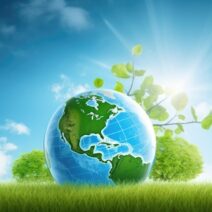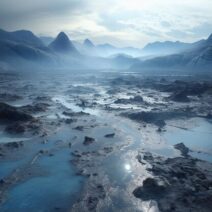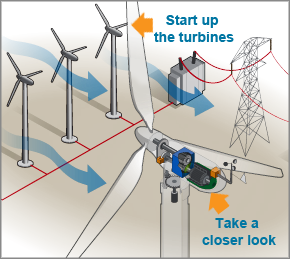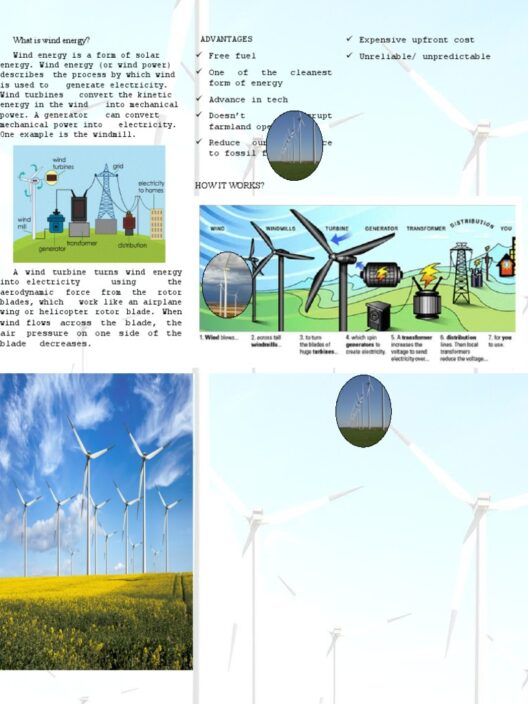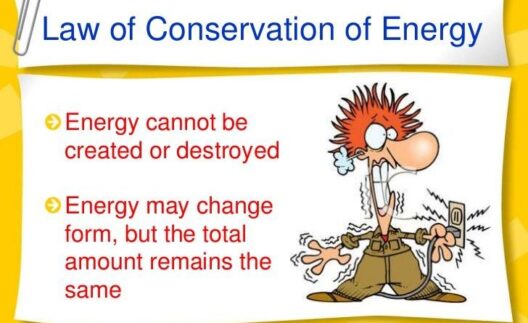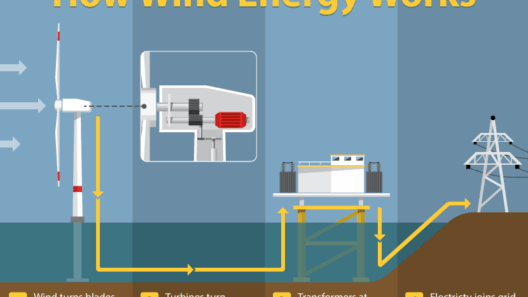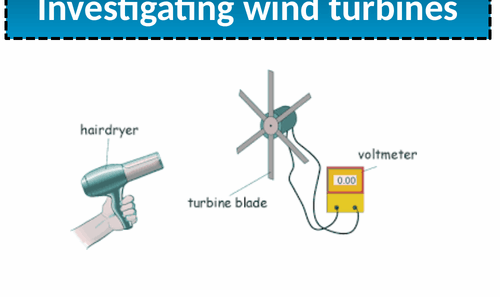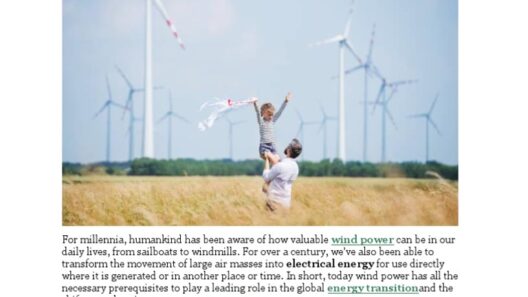Wind, an invisible force that sweeps across our planet, weaves a tapestry of kinetic energy. In understanding how this natural phenomenon transforms into a robust source of renewable energy, one unravels the elegant interplay of nature and technology. The journey from gust to electricity heralds not just the conversion of energy but also a profound respect for the environment. This exploration delves deep, revealing the intricacies behind wind power generation and its burgeoning significance in the global energy landscape.
What Makes the Wind Blow?
At its fundamental essence, wind is the movement of air from high-pressure areas to low-pressure areas. This natural choreography occurs due to various elements: the uneven heating of the Earth by the sun, the topography of landscapes, and even the tilt of our planet. Picture the Earth as a vast oven, where different zones heat up at varying rates, dictating how air migrates across the surface. As warm air rises, cooler air rushes in to fill the void, creating currents that ebb and flow through our skies.
This atmospheric dance is further influenced by geographical features such as mountains, valleys, and bodies of water, which can channel wind patterns into a symphony of turbulent yet predictable pathways. The prevailing winds, shaped by these natural contours, are harnessed in a transformative dance between nature’s breath and human ingenuity, leading us into the realm of energy generation.
Decoding the Mechanics of Wind Energy Conversion
Wind energy conversion involves a series of sophisticated mechanisms that capture the kinetic energy of moving air and transform it into electrical power. At the heart of this process are wind turbines, marvels of modern engineering that stand tall against the skyline, resembling elegant giants turned toward the horizon.
When wind sweeps past the blades of a turbine, it imparts its kinetic energy, causing the blades to rotate. Imagine a dancer spinning gracefully, each movement acutely responding to the rhythm of the music. The blades, designed to capture wind effectively, begin to spin and engage the rotor, which is connected to a generator. This generator operates much like a conductor orchestrating an orchestra, converting mechanical energy into electrical energy through electromagnetic induction—a principle established by physicist Michael Faraday in the 19th century.
The rhythm of rotation determines how much energy can be harvested. Factors such as blade design, wind speed, and turbine placement all play pivotal roles. As the blades rotate at varying speeds, depending on the wind’s gusts, the generator converts this mechanical energy into an alternating current (AC), which can then be used to power homes, businesses, and entire cities. In this elegant process lies the profound ability of wind to not only energize our lives but also to sustain them without depleting our precious resources.
Wind Farms: The Modern Landscapes of Energy
Wind farms, clusters of turbines interspersed across the land or offshore, represent the culmination of technological advancement and ecological awareness. On land, these installations spread across vast plains, standing as modern sentinels that not only generate power but also shape the economic landscape. A wind farm does not merely provide energy; it fosters job creation, encourages sustainable practices, and reduces our reliance on fossil fuels—all while leaving a smaller carbon footprint.
In contrast, offshore wind farms harness the consistent and potent winds over oceans, where space is abundant and wind patterns are optimal. The delicate balance between wind and water enhances energy efficiency. Picture a great sea beast, consuming the gusts and converting them into vibrant energy that flows through power cables to shores, illuminating the lives of millions.
The unique appeal of wind power extends beyond its environmental benefits. Its aesthetic value can transform the character of a landscape, presenting an image of forward-thinking and sustainability. Dotted against the backdrop of nature, wind turbines stand as symbols of progress, urging us to rethink our relationship with energy and the environment.
Challenges and Future Prospects
Despite its myriad benefits, wind energy is not without challenges. Atmospheric inconsistencies, such as unpredictable wind patterns, can affect energy production. Moreover, debates over land use and wildlife impacts necessitate a careful balancing act to ensure that ecological integrity is maintained. However, advancements in technology are rapidly addressing these concerns—multifaceted approaches such as improved turbine design, energy storage solutions, and diversified wind farm locations are helping to fortify the potential of wind energy.
As we gaze forward, the horizon showcases a promising future. The increasing global emphasis on renewable energy sources has paved the way for wind power to take center stage. The development of smart grids and advancements in battery storage technology will allow for greater efficiency, enabling us to store energy generated during windy days for use during calmer times, thereby ensuring a continuous energy supply.
From the windswept plains to the oceans’ expanse, wind is not merely an elemental force; it is a transformational energy source that permeates our lives. The intricate process behind wind power generation—where nature’s breath transposes into the fabric of human existence—illustrates the harmony that can exist between technology and the environment. In this delicate dance, every gust of wind tells a story of sustainability, resilience, and hope for a future powered by clean, renewable energy.
